How to Wire a Shed for Electricity
Wiring a shed for electricity can transform it from a simple storage space into a functional workshop, office, or even a cozy retreat. Whether you’re installing lights, powering tools, or setting up an entertainment system, proper wiring ensures safety and efficiency. This guide will walk you through everything you need to know about how to wire a shed for electricity, from planning and permits to installation and safety precautions. Let’s go over how to wire a shed for electricity.
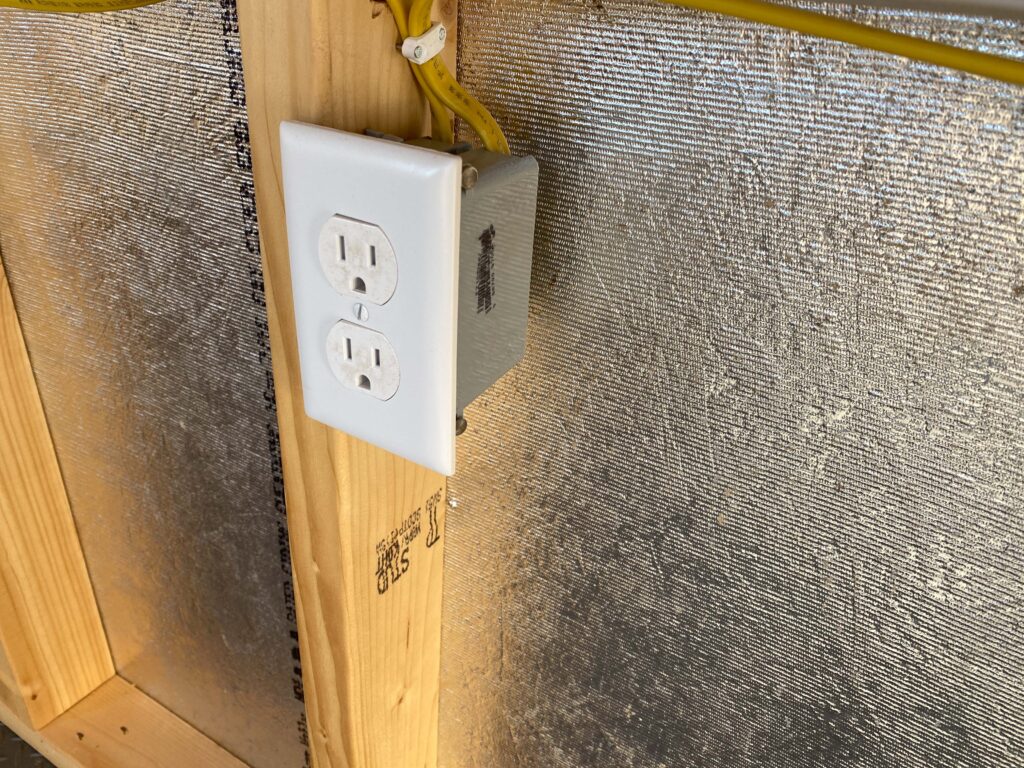
Planning and Permits
Before you begin wiring your shed, planning is essential. Determine your electrical needs, including the number of outlets, lighting fixtures, and appliances. Check local building codes and obtain any necessary permits to ensure your project complies with regulations. Hiring a licensed electrician may be required, depending on your area’s codes.
Consider the distance between your house and the shed, as this will affect wire size and voltage drop. If you plan to run multiple high-powered tools, you may need a dedicated subpanel for your shed.
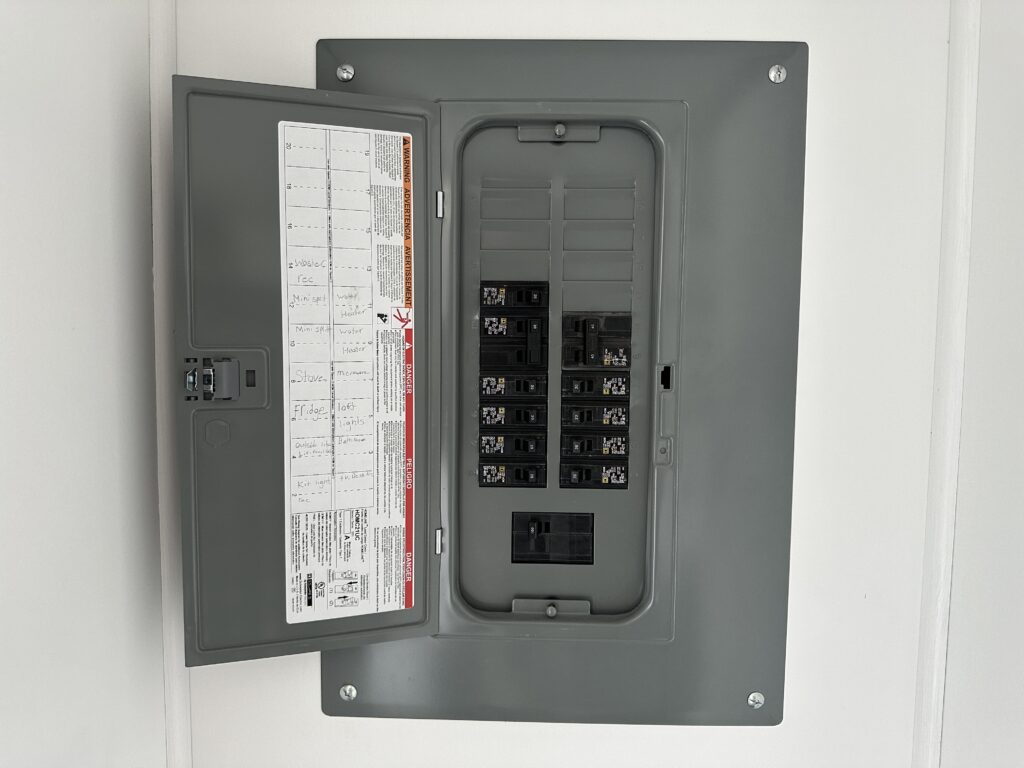
Choosing the Right Power Source
There are two main ways to supply electricity to your shed: extending an existing circuit from your house or installing a dedicated circuit with a subpanel.
If your power needs are minimal, you can extend an outdoor-rated cable from your home’s electrical panel. However, if you require higher wattage for power tools or heating, a subpanel in the shed is the better option. This allows for greater control and the ability to expand in the future.
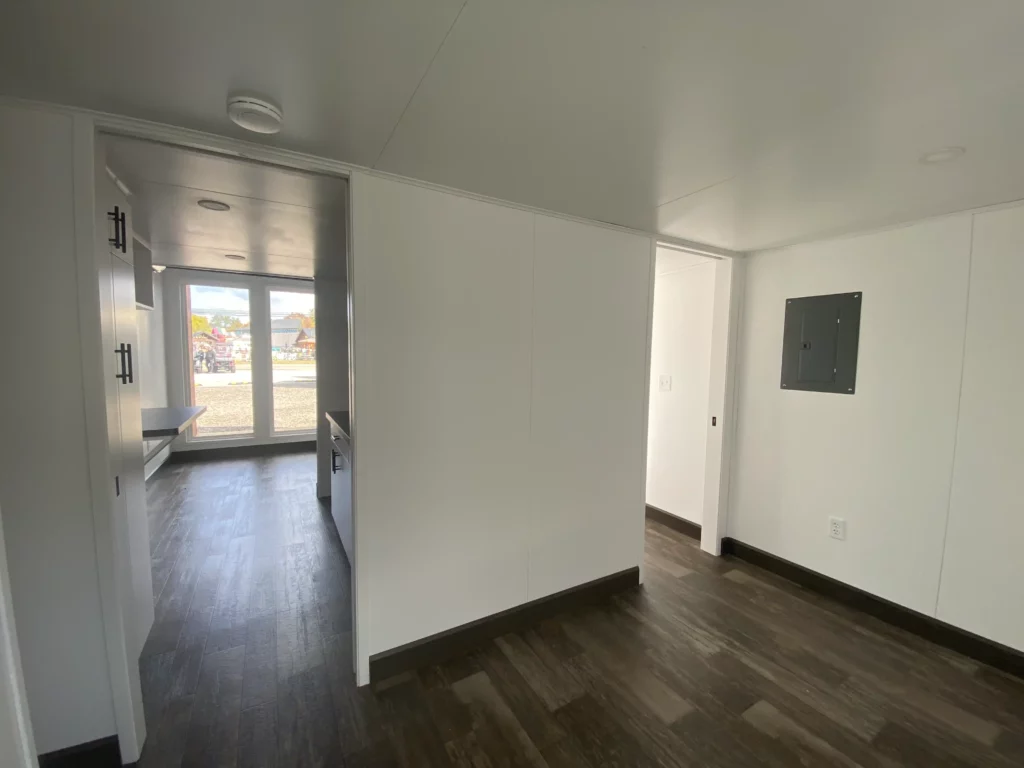
Selecting the Right Wire
Choosing the correct wire type and gauge is crucial for safety and efficiency. The National Electrical Code (NEC) provides guidelines based on amperage and distance.
- 12-gauge wire: Suitable for light-duty use, such as basic lighting and small appliances.
- 10-gauge wire: Recommended for moderate power needs, such as multiple outlets and tools.
- 8-gauge or thicker wire: Necessary for high-powered tools or long-distance runs to prevent voltage drop.
Outdoor electrical wire should be rated for underground use if running cable from your house to the shed. The two most common options are direct burial cable (UF-B) or running conduit with THWN wire inside.
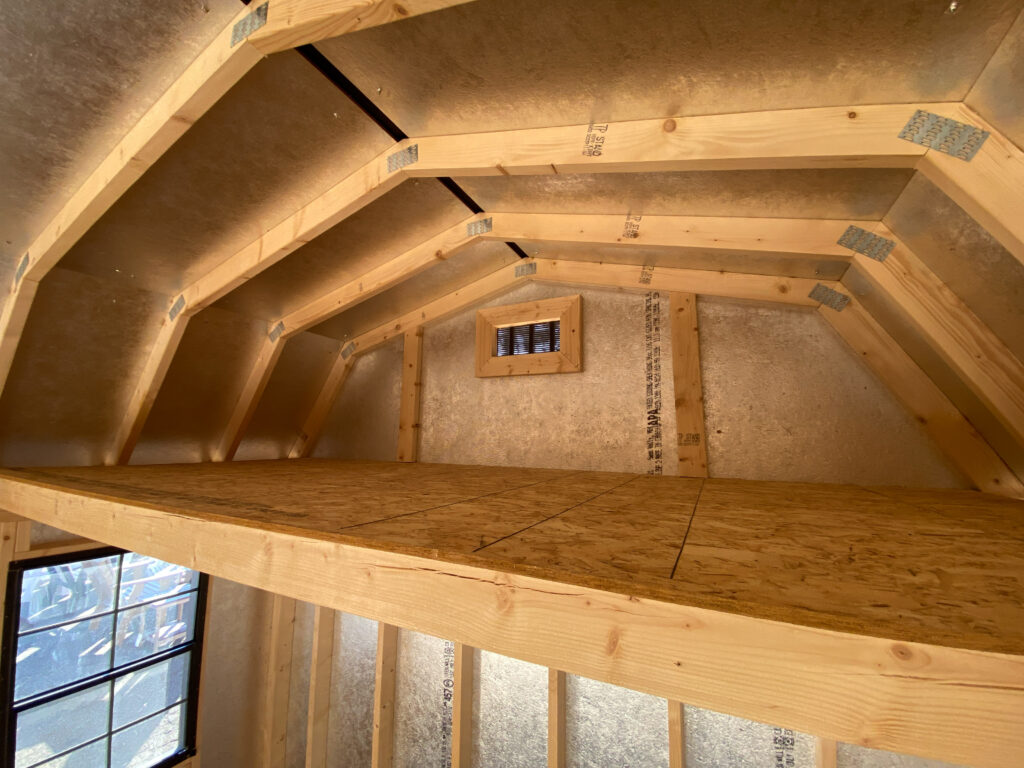
Running Electrical Wire to the Shed
To bring power to the shed, you will need to run an underground cable from your home’s electrical panel. This involves digging a trench and placing conduit or direct burial cable.
- Digging the trench: NEC requires a depth of at least 12 inches for conduit and 24 inches for direct burial cable to prevent accidental damage.
- Installing conduit: If using conduit, PVC is the most common choice due to its durability and resistance to moisture.
- Feeding the wire: Pull THWN wire through the conduit and ensure it reaches both the shed and the main power source. If using UF-B cable, lay it directly in the trench before covering it with soil.
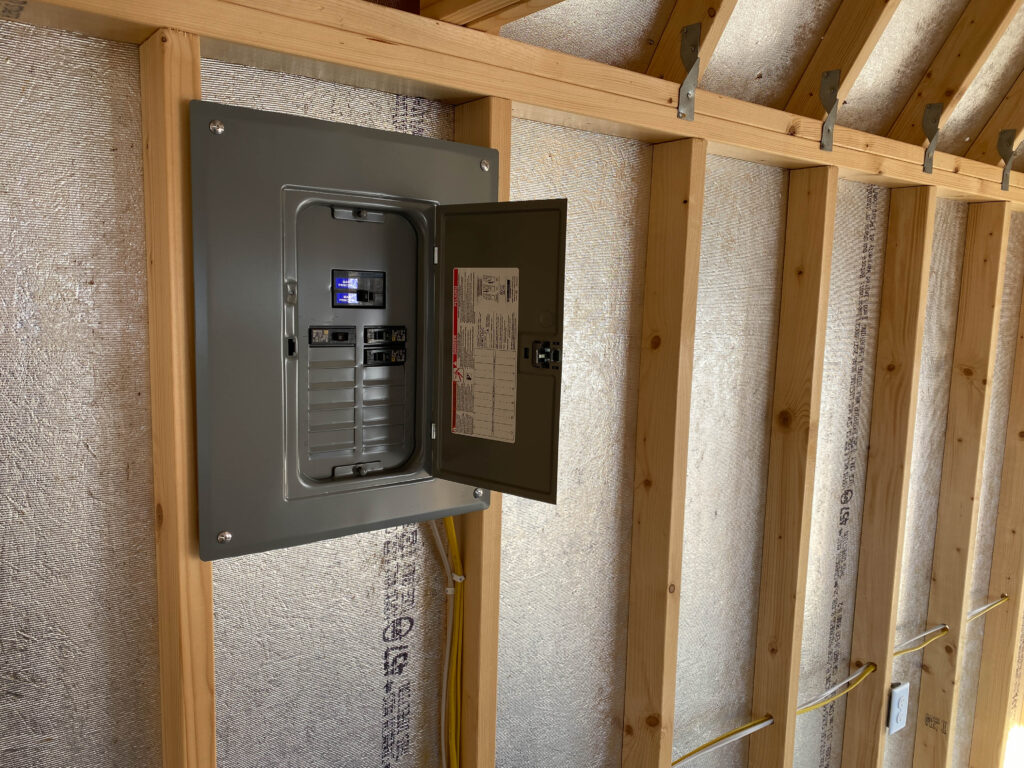
Installing a Subpanel (If Needed)
If your shed requires a subpanel, install a small breaker panel inside. This allows for multiple circuits and better power distribution. The subpanel should be grounded separately and connected to the main panel with the appropriate gauge feeder wire.
Inside the subpanel, install breakers for lights, outlets, and any dedicated circuits for tools or heating units. Label each breaker clearly for easy identification.
Wiring Outlets and Switches
Once power reaches the shed, install outlets and switches to distribute electricity efficiently.
- Outlets: Use GFCI (Ground Fault Circuit Interrupter) outlets for safety, especially in damp environments. Space them according to your needs, ensuring accessibility for tools and appliances.
- Light switches: Place switches near entry points for convenience. Consider installing a two-way switch if multiple entrances exist.
- Wiring method: Run NM-B (Romex) cable inside the shed and secure it to the walls with staples. Keep cables protected and avoid running them near sharp edges.
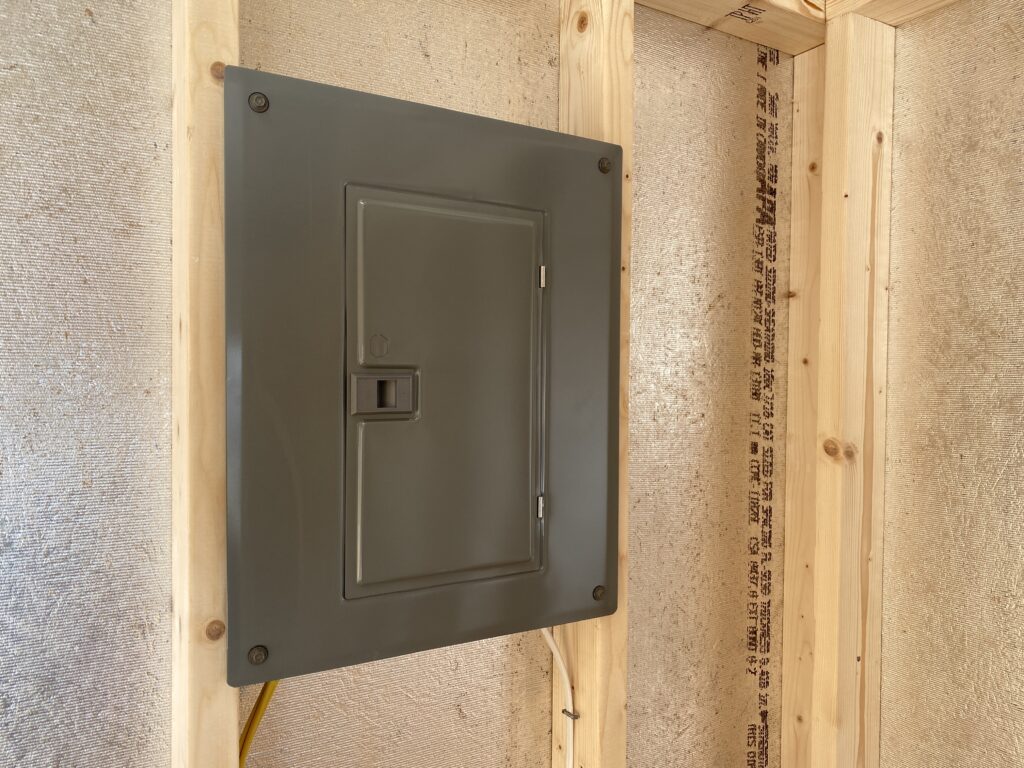
Installing Lighting
Lighting enhances both functionality and safety inside the shed. Choose LED fixtures for energy efficiency and long-lasting performance.
- Overhead lighting: Install ceiling-mounted LED shop lights for general illumination.
- Task lighting: Add focused lighting over workbenches or specific areas where precision is needed.
- Outdoor lighting: Install motion-sensor lights outside the shed for security and visibility at night.
Ensure all light fixtures are rated for the environment, especially if the shed is exposed to moisture.

Grounding and Safety Precautions
Proper grounding is essential for electrical safety. A grounding rod should be installed if using a subpanel to protect against electrical faults. Connect all outlets and metal components to the grounding system.
Use weatherproof electrical boxes and covers for outlets exposed to the elements. Test all connections before turning on the power, and always follow NEC guidelines for safe wiring practices.
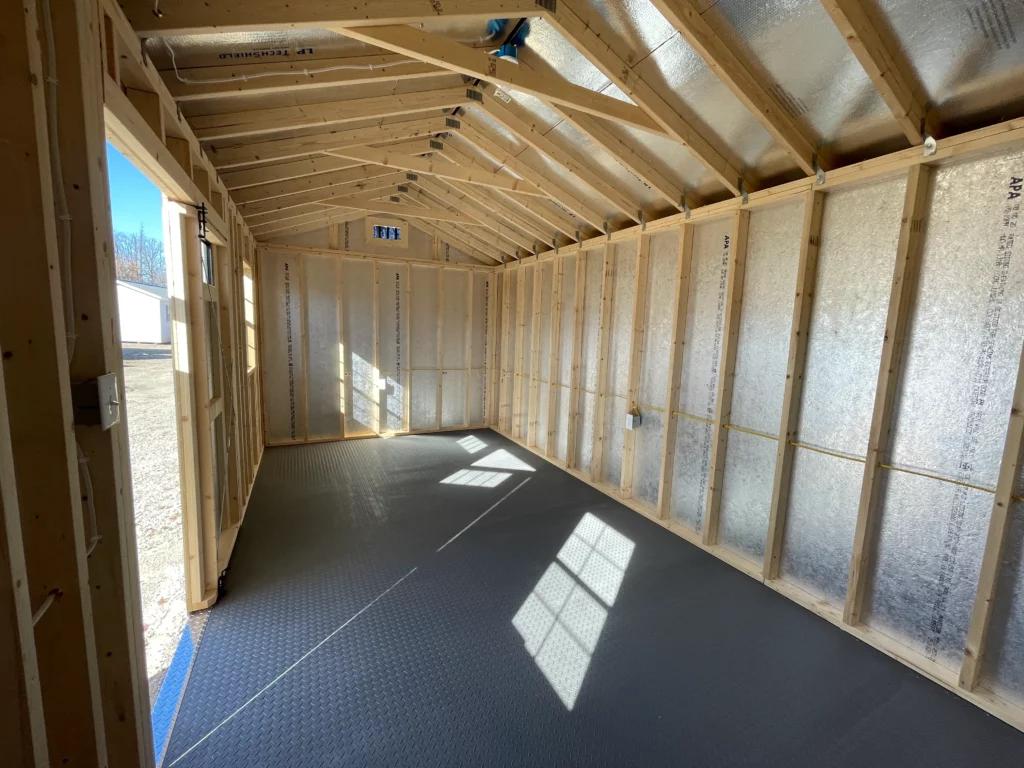
Final Testing and Inspection
Before using the shed’s electrical system, conduct a thorough inspection. Turn off power at the main panel and double-check all connections. Use a voltage tester to ensure proper grounding and functionality.
If required, schedule an inspection with your local electrical authority to verify compliance with building codes. Making necessary adjustments before finalizing the project will prevent future safety hazards.
How to Build Barn Doors for Your Shed
Once your shed is wired and functional, consider adding barn doors for an aesthetic and practical upgrade. Learning how to build barn doors enhances both the look and accessibility of your shed. Whether for security, ventilation, or design, barn doors are an excellent addition to any outdoor structure.
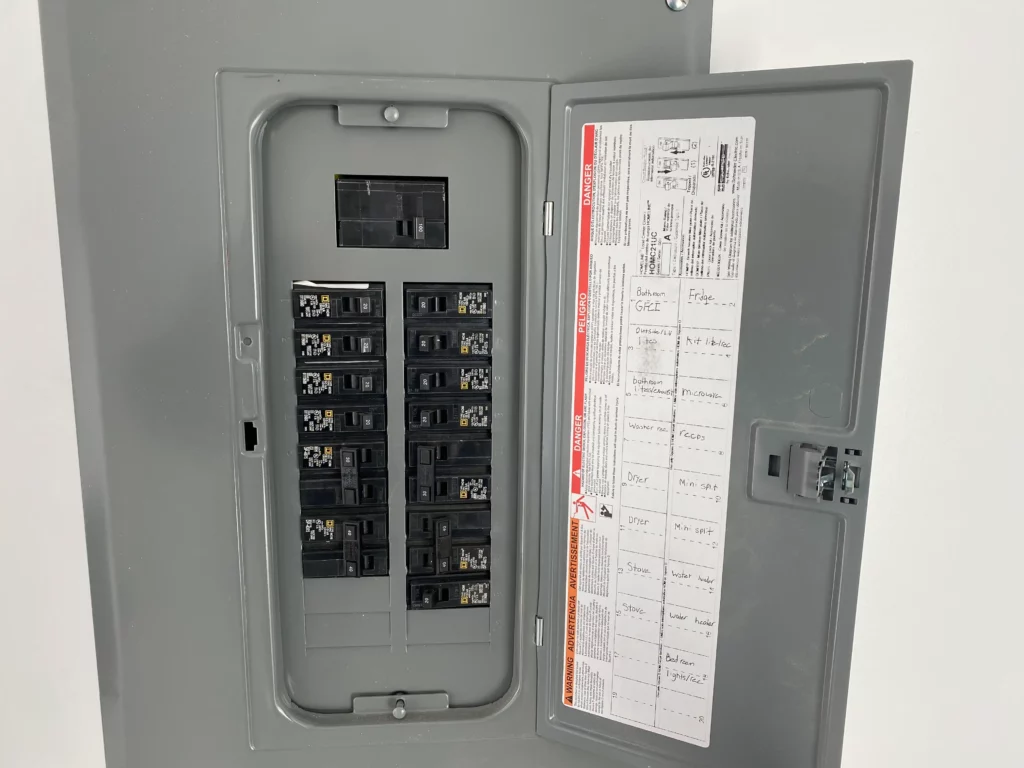
Conclusion
Wiring a shed for electricity can significantly improve its usability and value. From planning and obtaining permits to running cables, installing outlets, and ensuring safety, every step is crucial for a successful project. Whether you’re using your shed as a workshop, office, or storage space, proper wiring ensures reliable and efficient power for all your needs. Always follow local electrical codes and safety guidelines to create a functional and secure electrical system.
